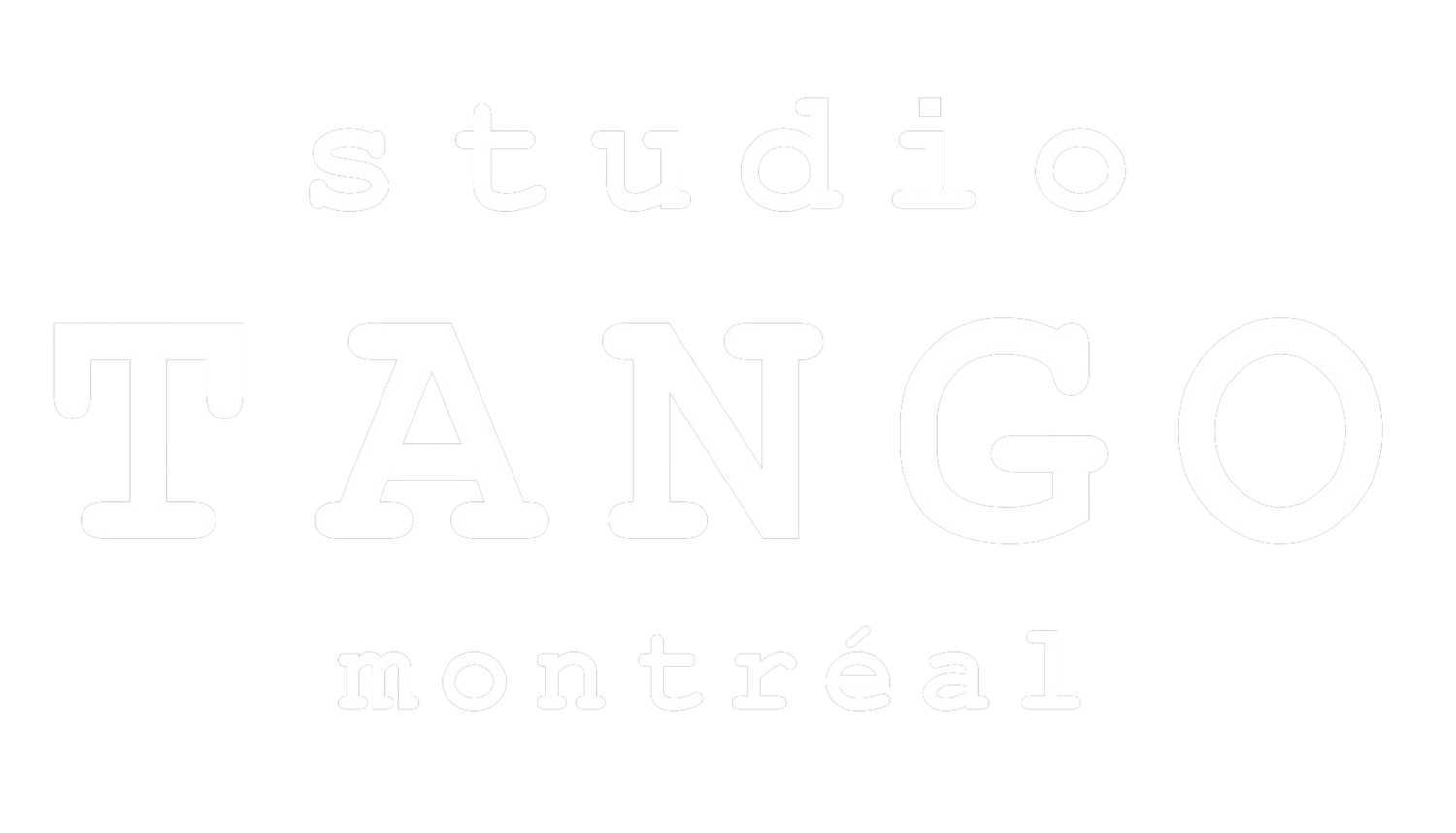Would you like to learn more about
Mireille’s ‘‘Somatic Movement’’ class?
Here is a wonderful interview by a regular participant of Mireille’s class, Roksana Bahramitash Ph.D,
Do you consider yourself a tango addict?
If yes, then this blog is for you! As a tango addict myself, with the pandemic and isolation, I started reading and researching to find answers to:
• Why am I tired all the time?
• Why do I have so much stress, I mean beyond the obvious?
• Why can’t I pull myself together?
It turns out that we accumulate a great deal of stress in our bodies. As human species, our system alternates between two modes of operation: Either fight, flight, or freeze, which is the ‘‘sympathetic’’ response of the nervous system, or the second mode being rest and recuperation, the ‘‘parasympathetic’’ response.
As we breathe in and out these two nervous responses activate alternatively.
But what does it have to do with tango, especially somatic tango?
I really couldn’t understand why after Mireille Painchaud's somatic-tango class, (which is not at all like how we usually dance the tango), my heartbeat slows down, I feel relaxed, and I sleep better. Granted, there is nothing quite like a tango high, but there are so many other benefits to somatic-tango that make me committed/addicted just the same.
After some research, I found out that our bodies accumulate stress that we need to release. At this particular time when the tango oxytocin and other good human contact hormones are missing, why do I enjoy so much somatic-tango?
This is why I have chosen to interview Mireille.
Roksana Bahramitash: Before I ask you why somatic tango is also somewhat addictive, please tell us what somatic tango is?
Mirelle Painchaud: My class is based on somatic education which is about learning to develop an awareness of yourself in movement, in your environment. I use a systematic approach that uses training and attention to perceive differences in sensations and thus tap into the brain’s ability to learn and gain more control and subtlety in action. (whether it is singing, sitting at a desk, walking, driving, dancing or playing music, etc.)
I have put together somatic-tango using the Feldenkrais method, with a bit of Alexander technique, and my experience as a tango teacher. I have designed these classes for tango dancers, with their particular movement needs in mind. Somatic education makes use of the fact that the body is the primary vehicle for learning. My approach takes the dancer on a journey of self-discovery, using movement. The goal is to have the whole person organized, coordinated to act with minimum effort and maximum efficiency.
R.B.: Now can you tell me a little about why it has such a calming effect on my nervous system?
Mirelle: By exploring how our mind and body works, we bring a sense of presence to ourselves and to our bodies. The nervous system calms down when it feels safe. Therefore, we make sure to keep the movements comfortable, to never do anything painful, and not to pass judgement. We want to be in a state of exploration, even playfulness. In a somatics class, you will be asked to suspend your ambition and to try different options, make them as easy as possible, and observe how it feels. This process activates the parasympathetic response which opens the gates for your brain to learn new ways of standing, walking, using your arms in connection to the whole body, etc.
R.B.: I feel during a session that my brain gets rewired.
After my recovery from brain tumour surgery, I have become very sensitive to how my brain works. It seems that during a session my habitual way of moving is challenged and that ignites a new approach of how I organize myself. As a hypnotherapist, it seems that our subconscious has been set and we move without our conscious mind. And during a session, our conscious mind is invited to get involved and to rethink/explore the mind-body connection. Can you explain that to me?
Mirelle: When we "exercise" or "practice" something, we often repeat the same movements mindlessly, in the same way. So, the brain can get bored quickly and fall into an automatic pattern. One of the important strategies of the Feldenkrais Method is the use of novelty to keep our brains engaged. We often start with simple movements and encourage the participant to explore different ways of moving. For example, we could do a similar movement in a few different positions, different relationships to gravity: lying on our back, then sitting, then standing. One is encouraged to engage with one’s body as an explorer of possibilities. This breaking of habits affects how our minds and body communicate with each other. Participants are also invited to use their imaginations before doing a movement and through this engagement and this new way of seeing things, emerges a new way of moving.
R.B: So we are in effect getting two for one, right?
We learn about our own body and how it moves and we also engage our brain and give it a bit of a workout, right?
I wish to thank Studio Tango Montreal for supporting somatic-tango.
Roksana Bahramitash, Ph.D
Write us at info@studiotango.ca to reserve your free trial class



